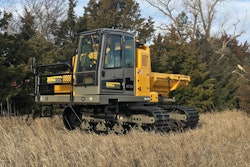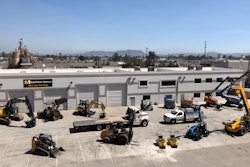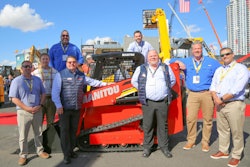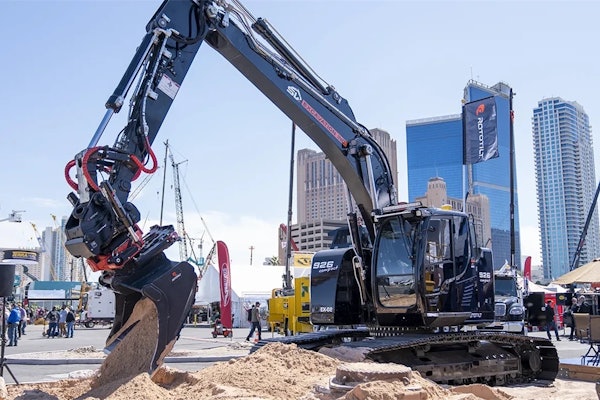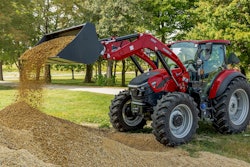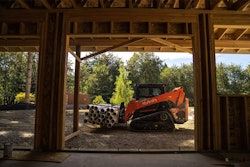
Simply put, FSM software helps companies deliver effective, onsite field service by tracking requests, managing personnel, and maintaining visibility into operations, according to Nashville-based TechnologyAdvice.com. FSM can be employed to solve disjointed communications, over-scheduled resources and under-skilled technicians.
Unlike a CRM, an ERP or, in a dealership, the DMS/DBS, FSM built-ins and options are specifically tailored to field service, including a mobile app, GPS tracking and scheduling functions. “Field service tools track customer information pertinent to the completion of a job rather than the information needed to line up the next sale,” write the experts at TechnologyAdvisors.com. “Thankfully, many field service management tools integrate with CRM software to ensure a seamless movement from lead to customer.”
Integration with dealers’ existing software is, without doubt, an important consideration while evaluating FSM for your company, according to Paul Miles, a Trimble segment manager, Civil Construction Software division. Addressing a seminar audience at the Associated Equipment Distributors’ Summit in Chicago, he said: “You’ve got to eventually get that completed work information back into your DMS for invoicing. A good service tool will integrate well with your DMS because you’ve got to keep the work orders and information synchronized. You want to have tight integration with any of the dealer management systems.”
The marketplace is plentiful with brands designed to generically serve a multitude of industries. To meet the unique needs of construction equipment dealer field service operations, the AED directory or list of CONDEX exhibitors may be better places to start. Meanwhile, Miles identified the key pain points that dealers ought to begin solving with FSM tools.
The skills shortage
One of the most compelling arguments for FSM is also the technology’s predominant “cool factor.” Augmented reality capabilities in a mobile app enable real-time, visual communication from a field service tech back to the service department. In an era of widespread skill shortages, a less experienced field tech may have to hit the road to meet customer demand.
“In a common scenario, a technician gets out in the field, they open up the machine, start diagnosing, and they run into a problem,” Miles said. “They don’t know what to do. They don’t have the right information to properly diagnose or they just need some help.” A leap beyond the typical phone call, he adds, FSM augmented reality now allows the office or the OEM to see what the technician is seeing. They can even mark up the images and log the entire recorded diagnostic session into the permanent customer job file for future reference or to handle customer disputes.
Customer experience and satisfaction
A lot can go wrong with all the intertwined variables riding along every time your tech gets into a service truck. A tech lost en route, a machine that can’t be located on the complex remote jobsite, inaccuracies from the original customer call, dispatching errors, wrong or missing parts for the job necessitating a return visit, and – at the root of almost every customer complaint – absence of clear, continuous communication.
It’s a long list, but fortunately FSM tools address them all, particularly those designed for dealer field service. For example: GPS-enabled tracking of the technician and the customer’s unit; automated confirmations to the customer about their scheduled appointment and the technician’s ETA, plus repair status updates; and call intake tools that facilitate immediate access to customer equipment information and remote machine health information. Dealer-specific FSM technology, says Miles, help schedulers get the right information to send the right technician with the right parts to the right place.
Big gaps from service to cash
The dealership deserves expedited payment once the service ticket is closed. The customer demands visibility on his repair. FSM technology should do both, says Miles, by reducing job closure paperwork, eliminating double entries into the billing system, pushing warranty and service contract information to the forefront while the order’s being closed, and, through enhanced customer communication and repair documentation, minimizing customer invoice disputes.
Miles recommends FSM technology that features customer review and e-signature of the completed job summary while the tech is still at the customer’s site, as well as software ability to seamlessly move the closed order to invoicing in a timely manner.
“Eventually the invoice should enable an online payment through an app,” said Miles. From texted quotes and progress updates all the way down to simplified billing and paying, “these kinds of things can really help with the total customer experience.”




